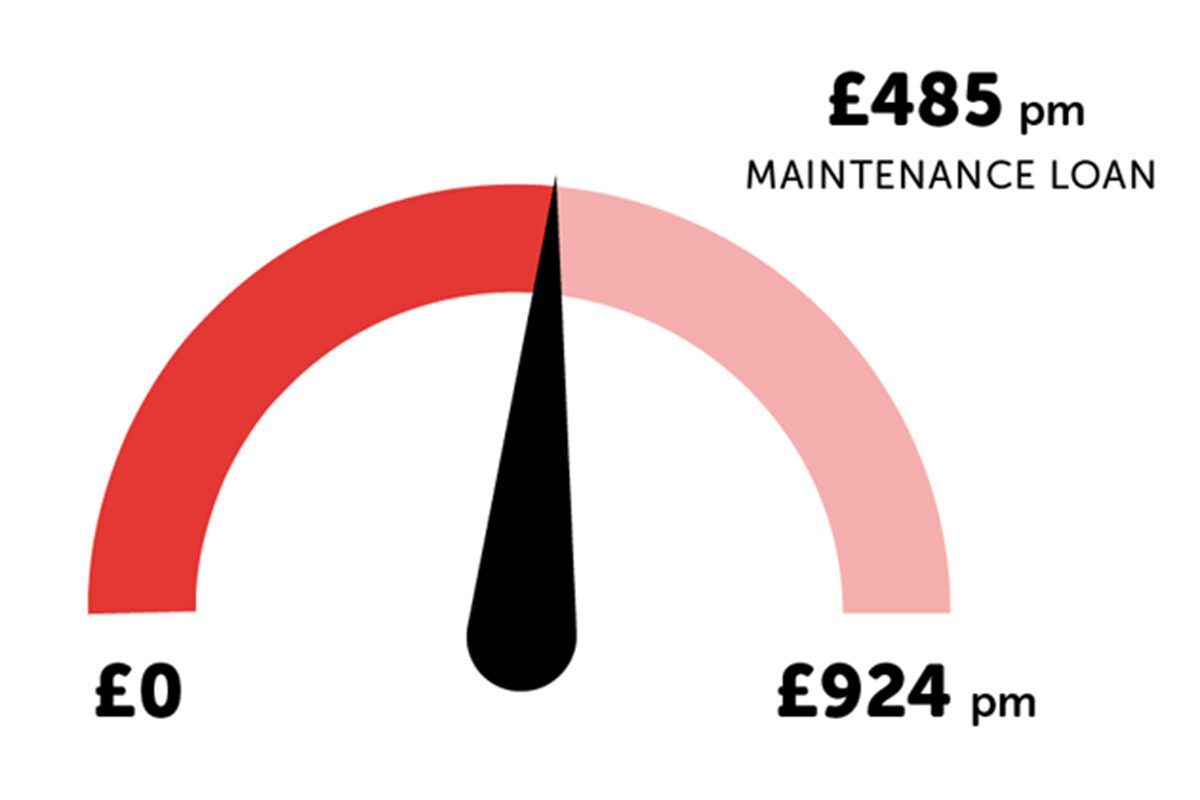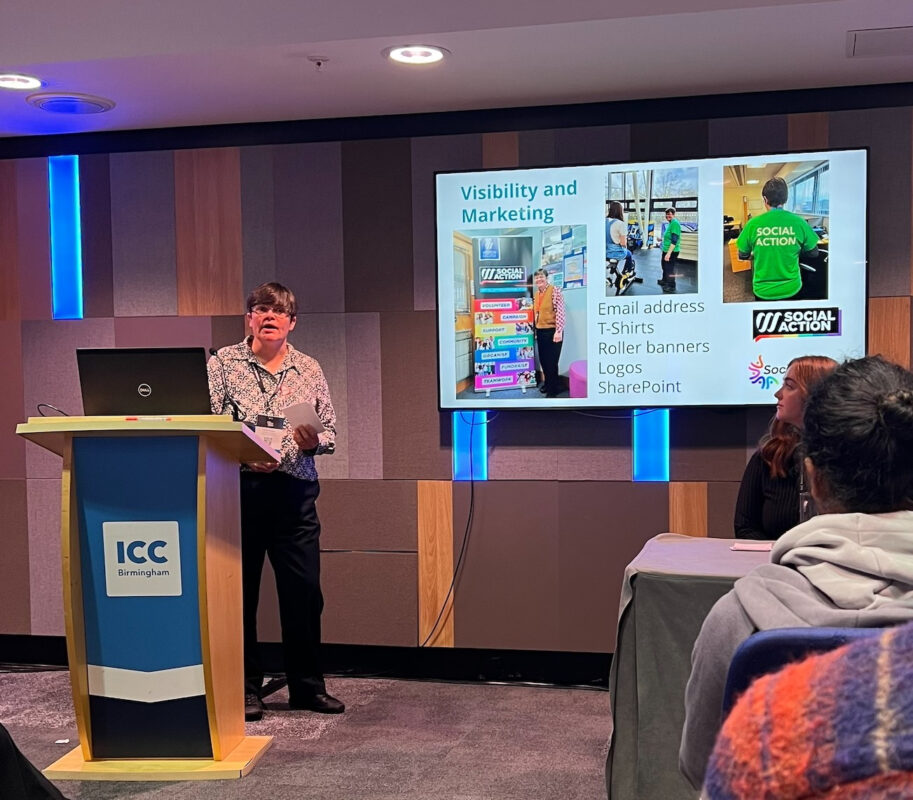Cost of living crisis: Recent survey highlights the impact on students

Last week, @SaveTheStudent published the results of the National Student Money Survey 2022. It highlighted the struggles that university students are facing during the cost of living crisis.
The annual survey consistently highlights issues with the government’s funding for students, but this year’s was particularly concerning.
Student living costs have risen by 14%
Among the key findings from the survey, Save the Student discovered that student living costs have increased by 14% since the 2021 survey, with the average student now spending £924 per month. There are regional differences; in London, the average student spends £1,089 per month.
Worryingly, the average student’s Maintenance Loan currently falls short of covering their living costs by £439 each month.
With living costs rising so much, it is more important than ever that the government increases the Maintenance Loan in line with inflation. However, in the 2022/23 academic year, the maximum funding for students from England increased by only 2.3%.
Jake Butler, Save the Student’s money expert, says:
“This is the most worried I’ve ever been about the financial situation students are facing.
In a decade of running the National Student Money Survey, this year’s findings are bleak. And we expect much worse is yet to come.
The huge £439 monthly shortfall between Student Loans and real living costs is particularly alarming.
Most students are struggling to bridge this gap. And it’s not fair in this climate for the government to ‘expect’ parents to contribute such a high amount.
Students were neglected throughout the pandemic and it appears that treatment continues with the cost of living crisis.
Inflation for students could be as high as 14%, yet government funding in England has only risen by 2.3%.
We welcome the news that energy bills will be capped for two years, but the new rate is still nearly double what households were paying last year. Students are getting the same rate and support as millionaires, despite being among the groups that will continue to struggle.
Save the Student calls on Liz Truss and the education secretary, Kit Malthouse, to take further action to address the Student Loan gap before thousands of students are forced to drop out of university.”
Students are turning to food banks
In the National Student Money Survey 2022, one in 10 students said they have used a food bank in the last academic year.
When students are unable to keep up with daily essentials like rent, bills and food, there are clearly serious issues with the Student Finance system.
The government’s response
In response to the survey, a Department for Education spokesperson said:
“We understand global inflationary pressures are squeezing household finances and people are worried about covering the basics.
To support students with living costs, we have increased Maintenance Loans every year, meaning disadvantaged students now have access to the highest ever amounts in cash terms.
Students who are worried about making ends meet should speak to their university about the support they can access. This year universities can boost their hardship funds by drawing on up to £261m we have made available through the Office for Students.”
Students need support from universities
With the government’s funding for students falling short, what is really needed is an increase in Maintenance Loans.
However, no further direct support for students has been announced. Now more than ever, it is essential that universities are prepared to support students who are facing financial difficulties.
This help can come in two forms. Improving awareness of what’s already available is paramount – among students in the survey who asked their university for financial support or advice, 63% said that it wasn’t easy. This should not be the case.
Secondly, universities should join our calls, and the calls of their students, for extra financial support from the government. Extra public pressure is needed to ensure they cannot plead ignorance to the issues at hand.
Ultimately, as we continue through the cost of living crisis, it is vital that as many students as possible can access the help they need, when they need it.










Responses